Red Isn’t Just a Color in Anora
🔴 From sex work to class struggle, Anora’s boldest hue is deeply political 🔴
What’s the first thing you think of when you see the color red? I asked my Instagram followers this question, and the most common answers were love, danger, sex, anger, passion, stop, and blood. Red is a color we both run toward and run away from. As humans, our most primal instinct is to avoid danger, but as social beings, we spend so much of our lives chasing love—both of which are most commonly associated with red.
As a visual designer, I’m always drawn to color and its meaning in media. After just watching the Anora trailer, I knew the protagonist was a sex worker and immediately noticed pops of red—not just in the shots but more significantly in the title design and credits. This stood out to me right away, and I was curious whether the filmmakers would use this color to add layers of meaning throughout the film. And they delivered. From costumes to props to lighting, red is everywhere, often the only warm hue in otherwise cool-toned shots.
Filmmaker Sean Baker spoke about red’s presence in Anora, saying, “There’s two reasons, and you can figure those two reasons out—not to be too on-the-nose. But I thought leaning into it would allow audiences to think about it and try to decipher it.”1 If you’re anything like me and can spend hours spiraling into symbolism, you might take a statement like this as a handwritten invitation to go ham on theorizing. And, clearly, I did.
Red, Sex Work, and Stigma
The most immediate association I had with red in Anora was its deep-rooted connection to sex work. You’ve probably heard the term Red Light District—an area in a city where sex work and adult entertainment are concentrated. Historically, brothels hung red lanterns outside their doors because the color was highly visible at night and symbolized passion, desire, and temptation.
Sex work is one of the most stigmatized professions, with workers facing all kinds of discrimination. In 2001, during the 49th Venice Biennale, Italian sex workers protested inhumane working conditions by holding up red umbrellas, turning the color into a global symbol of resistance and sex worker rights. Red, once simply a marker of the profession, is now a symbol of solidarity.
Ani is a sex worker, but the film never makes her job a spectacle. There’s no internal shame, no external stigma from those closest to her. Her work is just that—work. We see mundane locker-room conversations over packed lunches, petty drama between coworkers, and scheduling arguments with her manager—scenes familiar to anyone who’s ever had a job. By treating sex work as just another form of labor, the film actively reduces stigma, making the prominent use of red feel like a subtle yet powerful nod to the ongoing fight for sex worker rights.
Red, Politics, and Labor
Now, if you live in the U.S., you probably associate red with MAGA hats and the Republican party. But red has always been politically charged, with meanings shifting across time and geography. It started as a color of power and authority, worn by emperors and religious leaders. But over time, it became a symbol of rebellion.
During the French Revolution, revolutionaries wore bonnets rouges (red caps) as a statement against tyranny, representing both liberty and bloodshed. By the 19th century, as socialism and communism gained momentum, red became the color of the labor movement. The red flag, first raised in workers’ uprisings, symbolized proletarian unity and defiance against the ruling class. By 1889, the Socialist International had made it the emblem of the global workers’ movement. Even today, red remains the color of union strikes, May Day protests, and labor activism—a reminder of both the fight for fair treatment and the sacrifices made in the struggle for workers’ rights.
At its core, Anora is about class mobility—the longing for a life just out of reach. It contrasts the economic precarity of the working class with the reckless excess of the rich. Sean Baker calls it a labor film, explaining, “There was a real intention to be intercutting Ani’s work with other people’s work and showing that there are more similarities than differences with sex work and other forms of labor, which all can sometimes feel menial.”2
This makes Ani a deeply relatable protagonist. She’s just another woman hustling in New York City, trying to carve out her own version of the American Dream. Here again, red plays a role. The film’s two dominant hues are red and blue, the colors most commonly associated with America. But more importantly, red’s historical ties to the workers’ movement make it thematically relevant in the context of Anora.
Red, Sex, and Seduction
Of course, we can’t talk about red without talking about seduction. From lipstick to lingerie, red is universally coded as sexy. While much of this association comes from conditioning through history and media, science actually backs it up. In primates like baboons and chimpanzees, females develop red markings when ovulating—a biological signal of attraction. Experts believe humans may subconsciously tap into this same instinct, which could explain why red is the go-to color for lipstick and blush, mimicking natural signs of arousal.3
Ani wears red multiple times—her New Year’s Eve dress, her Vegas swimsuit, the soft cherry-colored scarf (which I’ll get to in a second). She has scarlet tinsel in her hair, adding a touch of whimsy. She carries ruby-red flowers at her wedding. None of this is accidental. Choosing red tones for her wardrobe, makeup, and props makes her character feel even more provocative, more magnetic.
The Red Scarf
Apart from the overall commitment to featuring red in nearly every scene, Anora has one particularly significant red object: the scarf. Sean Baker revealed that this prop “began it all” when it came to his color palette. Inspired by Soledad Miranda’s red scarf in Vampyros Lesbos, he wanted Ani’s scarf to become an extension of her character4. It first stifles her screams, then later shields her from the cold. It transforms from an object of suppression to one of solace. This is so clever because red itself is a color full of contradictions. It pulses with passion and conflict, representing the deepest bonds and the sharpest divides—love and hate, unity and struggle.
Conclusion
Red is everywhere in Anora, and it’s doing so much more than just looking good on screen. It marks Ani’s profession, her politics, her desires, and her struggles. It connects her to a lineage of workers fighting for dignity, while also amplifying her allure and danger. Sean Baker might not want to be too on-the-nose, but let’s be real—when it comes to red in this film, there’s a lot to unpack. And that’s what makes it so damn fascinating.
https://thefilmstage.com/i-want-it-to-feel-as-real-as-a-documentary-sean-baker-on-anora-editing-breaks-and-old-school-camera-tricks/
https://www.dazeddigital.com/film-tv/article/64971/1/anora-review-sean-baker-interview-mikey-madison
Dressed for Sex: Red as a Female Sexual Signal in Humans https://pmc.ncbi.nlm.nih.gov/articles/PMC3326027/
https://www.slashfilm.com/1683146/anora-director-sean-baker-exclusive-interview/


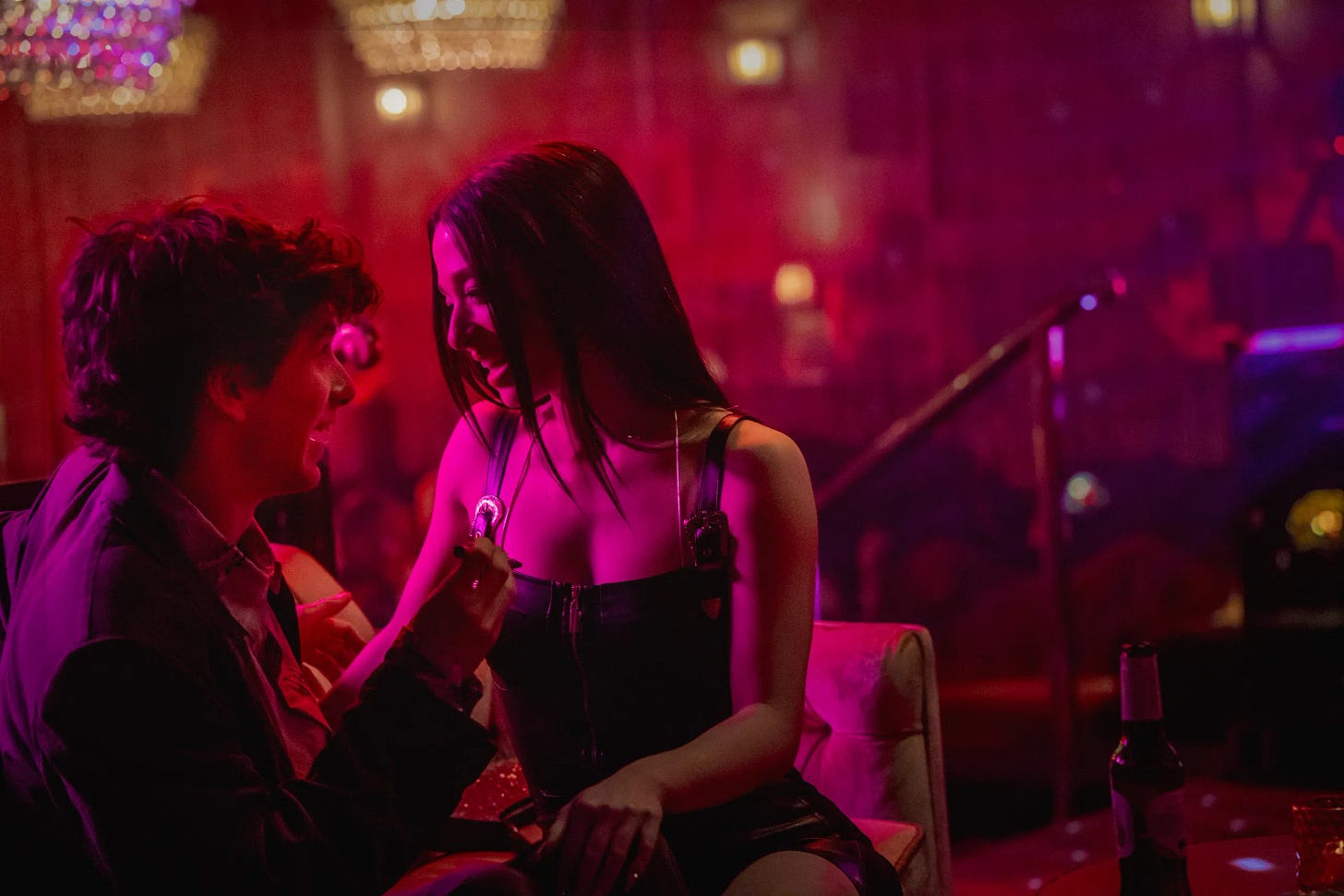
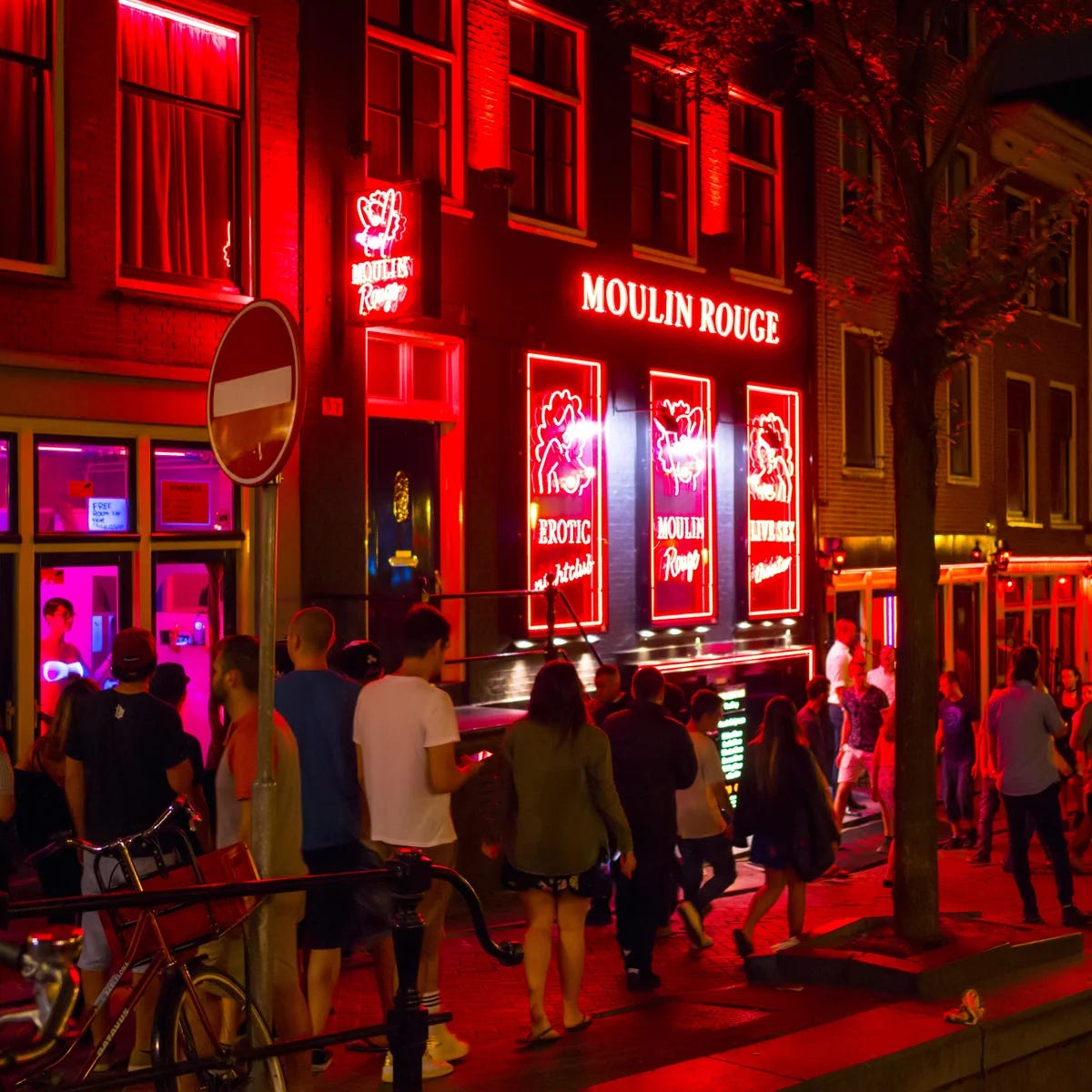
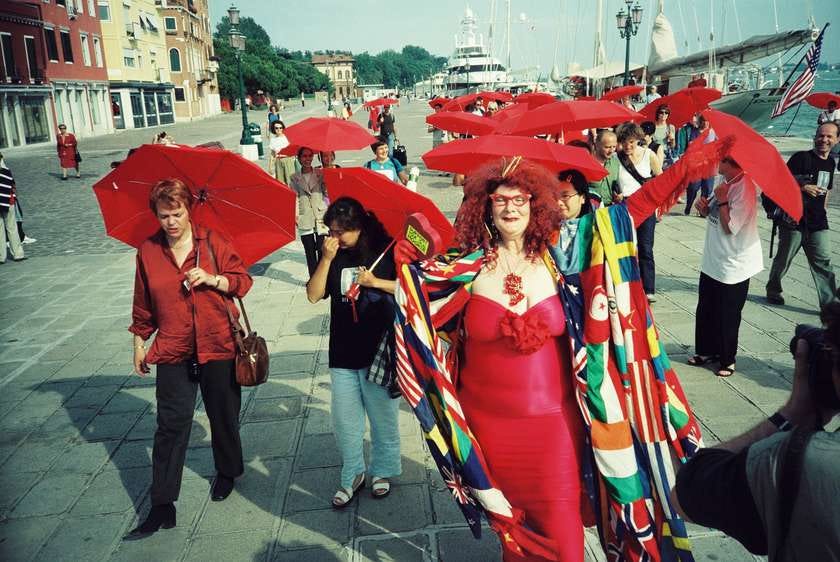
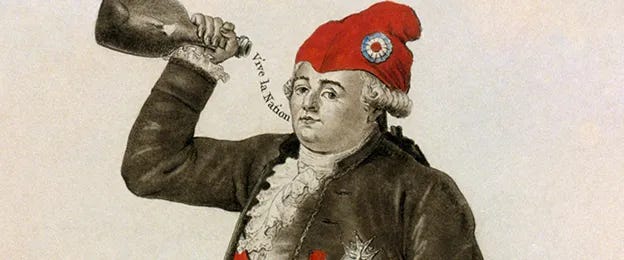

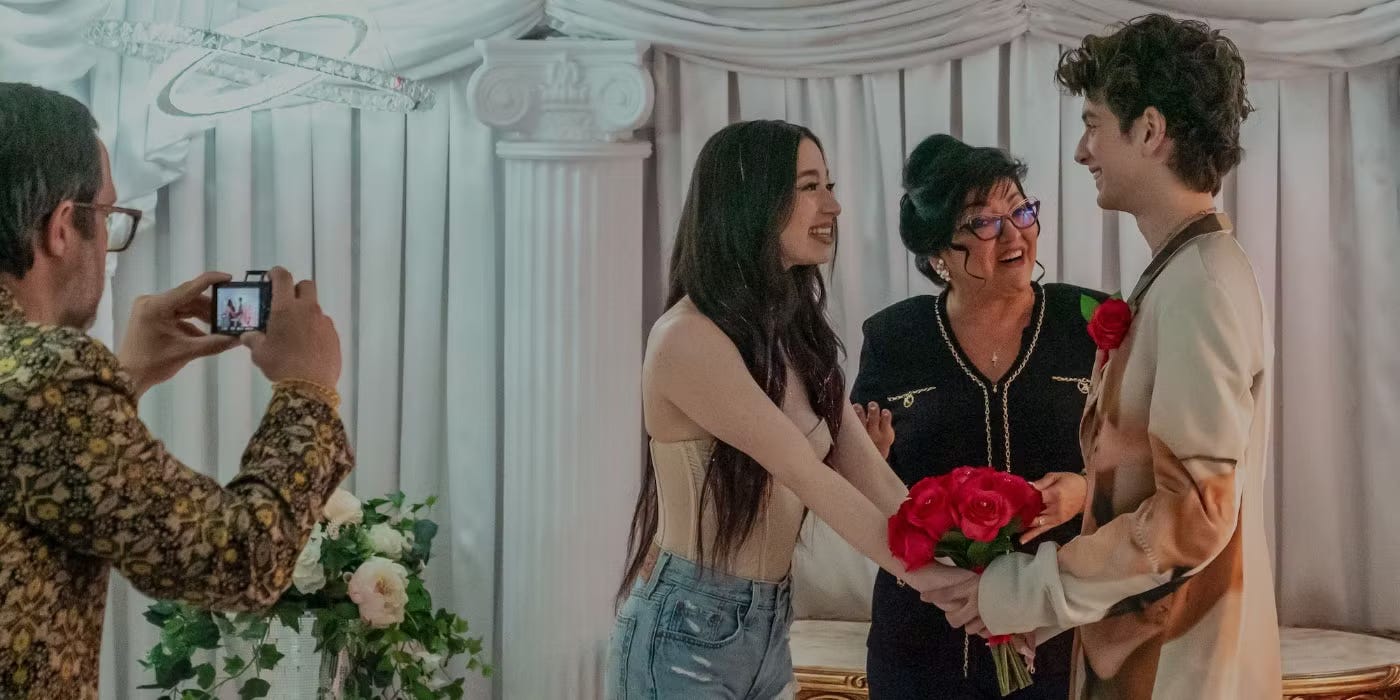
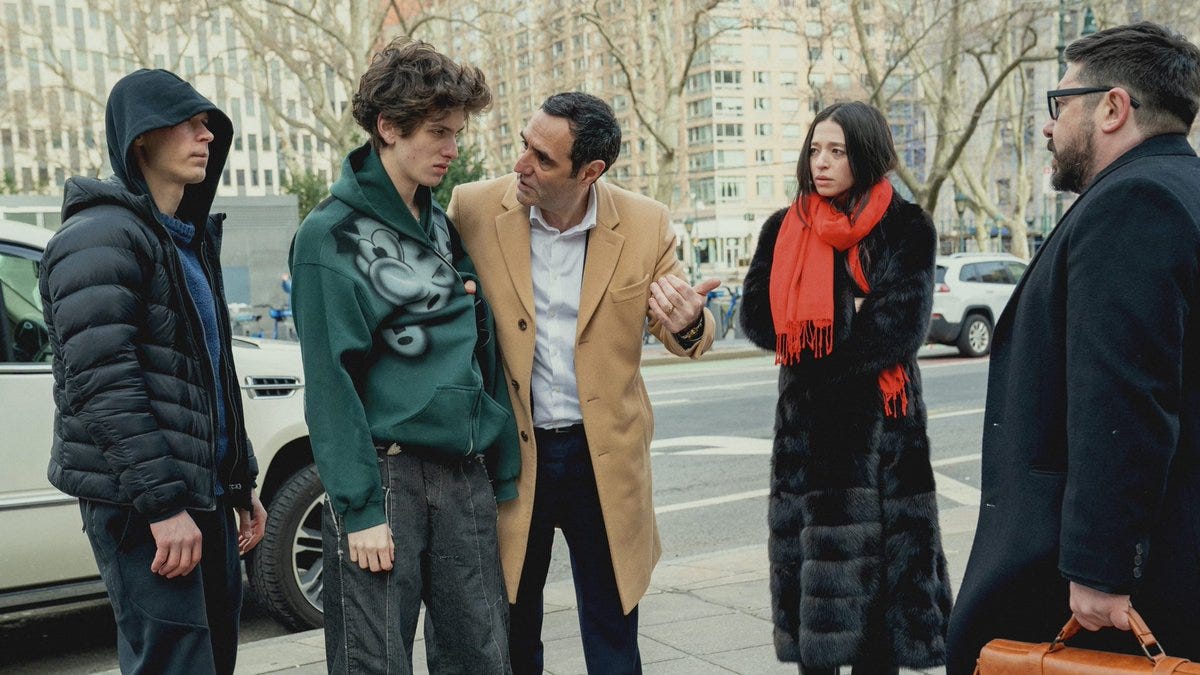
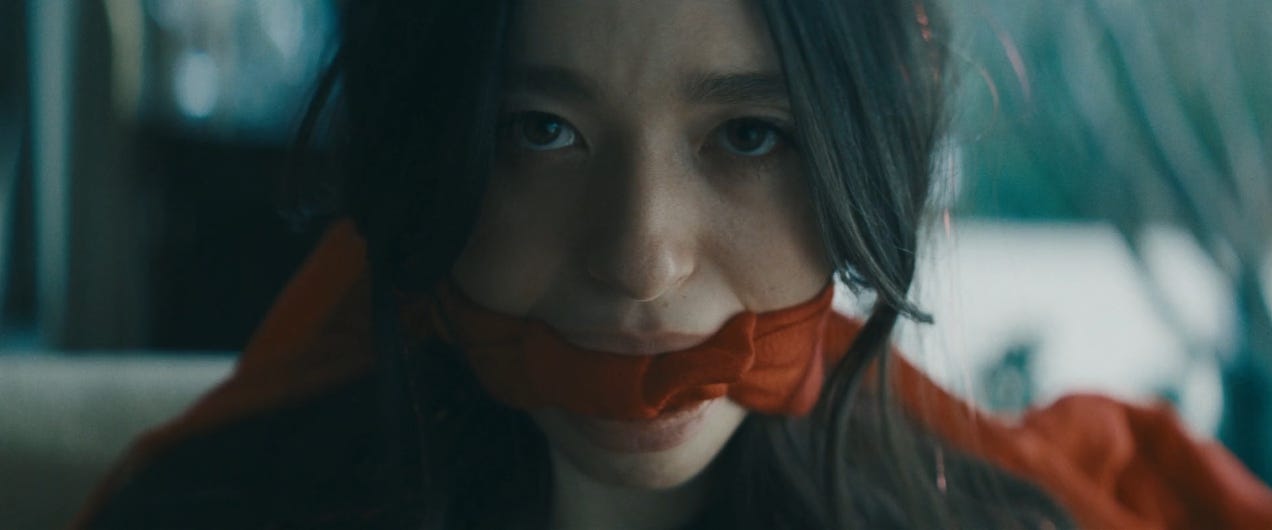
wake up babe @vasavi’s Anora colour analysis just dropped ‼️
Incredible!! The connection to class too wow so so cool and thoughtful!